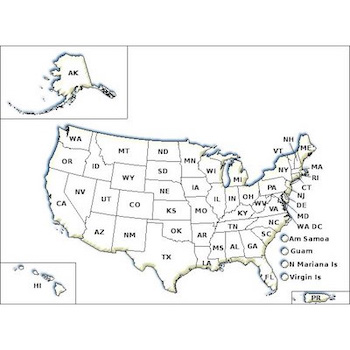Pantry moths lay their eggs on stored food and grains. Finding an adult moth may be a sign that there are infested items somewhere in the home. Adult females can lay hundreds of eggs directly on or near potential food sources, and the damage is done by the larvae (tiny caterpillars). Larvae can chew through plastic bags and thin cardboard, so even unopened packages may become infested.
They attack a wide range of products, including cereal, grains, beans, nuts, flour, dried fruit, birdseed, dry animal food, spices, chocolate, and candies. Indian meal moth is the most common pantry moth, but properly identifying your pest will help you target your efforts. Consider contacting your local Cooperative Extension Service for help identifying a pest.
Mothballs should not be used around food or food preparation areas. Mothballs are only allowed to be used in airtight containers. Gasses build up to kill insects that feed on natural fibers. Those gasses may pose a risk to people or pets if used improperly.
Prevention tips:
- Use older food products first and store all bulk foods in thickly walled glass or plastic containers.
- Clean up all spills, including flour and sugar. Larvae can survive on small amounts of food under cabinets and in corners.
- Transfer bulk items from plastic bags to sturdy glass or plastic containers. Pantry moth larvae can chew through plastic and Ziploc bags to access food.
Control tips:
- Identify, remove, and dispose of all infested food items. Larvae spin a web as they move and leave behind silken threads; signs of webbing or clumped grains or flour may be a sign insects are present.
- Take the interior bags out of boxes, roll them around looking for clumps or webbing. Check the corners of boxes and creases of bags.
- Remember to inspect all cereal, grains, beans, nuts, flour, dried fruit, birdseed, dry animal food, spices, tea, chocolate, and candies.
- After removing all infested items, consider storing the remaining items in a large plastic tote to monitor for any eggs or larvae you may have missed.
- Use a vacuum with a crevice attachment to clean out all corners of the pantry. Wash the surfaces with warm water and soap to remove any remaining spilled food, eggs, or cocoons.
- Food items may be placed in a freezer for a week to kill any eggs or larvae that may be present.
- Larvae can travel far from food sources in order to pupate, which could create a potential for re-infestation if food is still accessible.
- Pheromone traps, or plain yellow sticky traps may be useful in monitoring the population, and identifying problem areas in the home.
If you have questions about this, or any pesticide-related topic, please call NPIC at 800-858-7378 (8:00am - 12:00pm PST), or email us at npic@ace.orst.edu.



